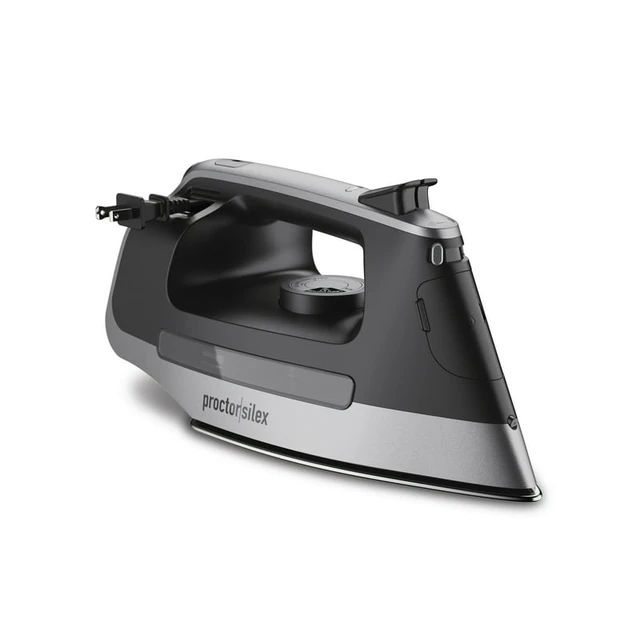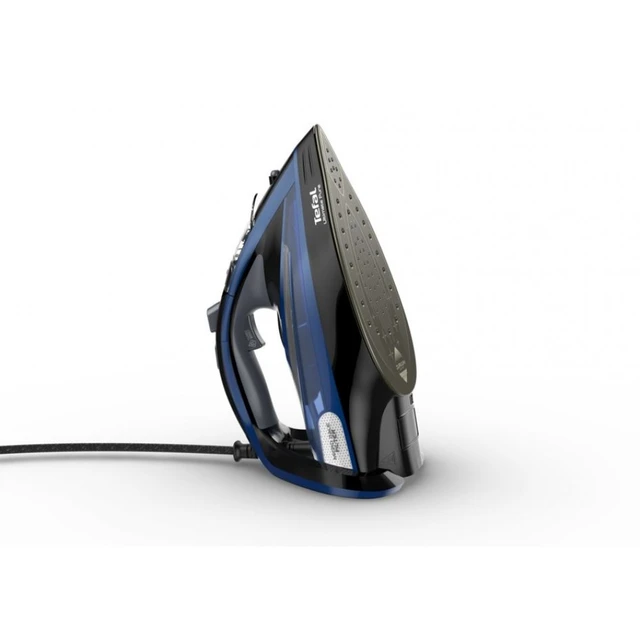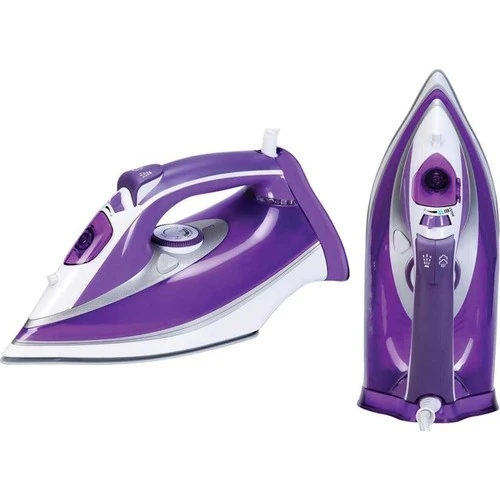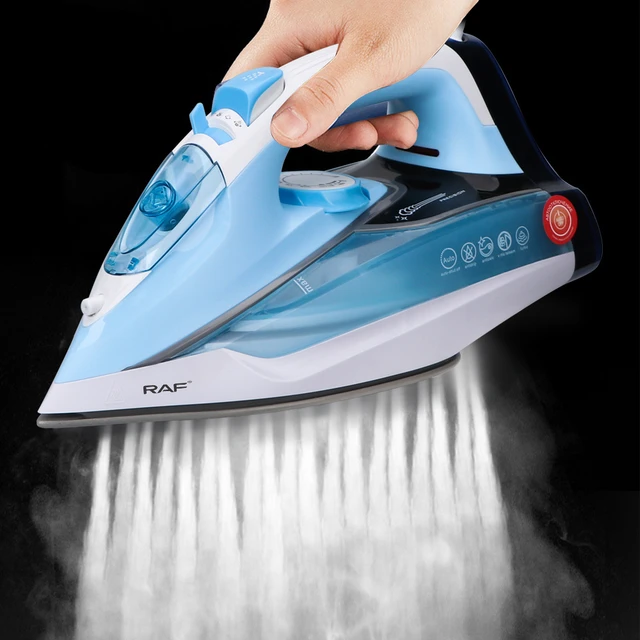Introduction
Accidentally causing iron burn marks on clothing can be distressing, leaving you wondering if the damage is irreversible. The permanence of iron burn marks largely depends on several factors, including the severity of the burn, the fabric type, and the steps taken to address the damage. In this guide, we will explore the possibilities regarding the permanence of iron burn marks on clothing and discuss various scenarios and techniques that can influence the outcome. By understanding these factors, you can make informed decisions on how to best deal with iron burn marks and potentially minimize their visibility or even remove them.

Are iron burn marks permanent?
Assessing the Severity of the Iron Burn
1.1. Surface-Level Burn Marks
Surface-level burn marks, where the heat has only affected the outer layer of the fabric, often have a better chance of being minimized or removed. These marks may appear as discoloration or scorching on the fabric surface.
1.2. Deep Burn Marks
Deep burn marks occur when the heat penetrates the fabric, resulting in holes or melted fibers.

Fabric Type and Composition
2.1. Natural Fibers
Natural fibers, such as cotton, linen, silk, or wool, can react differently to heat and may have varying levels of resilience to burn marks. In some cases, natural fibers can be more forgiving and may respond better to treatment compared to synthetic or delicate fabrics.
2.2. Synthetic Fibers
Synthetic fibers, including nylon, polyester, or acrylic, have a lower heat tolerance and are more susceptible to melting or scorching. Burn marks on synthetic fabrics are often more challenging to address and may result in permanent damage.
2.3. Delicate Fabrics
Delicate fabrics, such as silk, chiffon, or lace, require extra caution when dealing with burn marks. Their delicate nature and sensitivity to heat make them more prone to permanent damage.
Immediate Response and Treatment
3.1. Prompt Action
Acting quickly can significantly impact the permanence of burn marks. Attending to the burn marks immediately after they occur can provide better chances for successful treatment and minimize the damage.
3.2. Home Remedies and Treatment
Various home remedies, such as vinegar, lemon juice, or hydrogen peroxide, can be applied to surface-level burn marks to reduce their visibility. These remedies can help break down discoloration and scorch marks, potentially improving the appearance of the fabric.

Professional Help and Restoration
4.1. Fabric Restoration Specialists
For valuable or delicate garments with burn marks, seeking the expertise of fabric restoration specialists can provide the best chance of restoring the fabric’s appearance. These professionals possess advanced techniques and equipment to address permanent damage and may offer solutions to minimize or remove burn marks.
4.2. Evaluation and Recommendations
Fabric restoration specialists will assess the severity of the damage and evaluate the fabric composition to determine the best course of action. They may employ various techniques, such as reweaving, patching, or invisible mending, to address permanent burn marks.
4.3. Realistic Expectations
While fabric restoration specialists can perform remarkable work, it is important to have realistic expectations. Deep burn marks or irreversible damage may be more challenging to repair fully, and the goal may shift to minimizing the visibility of the marks rather than complete removal.
Prevention and Ongoing Care
5.1. Proper Ironing Techniques
Prevention is key to avoiding burn marks on clothing. Employ proper ironing techniques, including using the appropriate temperature setting for the fabric, using a pressing cloth, or ironing delicate fabrics inside out. These preventive measures can reduce the risk of burn marks occurring in the first place.
5.2. Regular Maintenance and Cleaning
Maintaining a clean and well-maintained iron is crucial for preventing burn marks. Regularly clean the iron’s soleplate to remove any residue or buildup that could transfer onto fabrics. Follow the manufacturer’s instructions for cleaning your specific iron model.

Camouflaging Burn Marks
7.1. Creative Styling
If removal or minimizing the visibility of burn marks is not possible, creative styling can be employed to camouflage the marks. Layering clothing, accessorizing with scarves or accessories, or incorporating strategic folds or pleats can help divert attention away from the affected areas.
7.2. Strategic Placement
When wearing clothing with burn marks, consider strategic placement to hide the marks. For example, wearing a jacket or cardigan over a blouse or shirt with burn marks can effectively conceal them.
Acceptance and Repurposing
8.1. Accepting Imperfections
Sometimes, despite efforts to remove or minimize burn marks, they may remain visible. It is important to accept that imperfections are a natural part of clothing, and the presence of burn marks does not diminish one’s personal style or value.
8.2. Repurposing
If the burn marks are extensive or cannot be adequately addressed, consider repurposing the garment. Transforming it into a different item, such as cutting a dress to make a skirt or repurposing a shirt into a bag, allows you to continue using the fabric while creatively concealing the marks.
Preventing Future Burn Marks
9.1. Ironing Precautions
Taking preventive measures can reduce the likelihood of future burn marks. Adjust the iron temperature according to the fabric type and always use a pressing cloth or iron delicate fabrics inside out. Additionally, avoid leaving the iron unattended while it is hot to prevent accidental burns.
9.2. Careful Handling
Handle the iron with care to avoid accidental contact with clothing. Ensure that the iron is securely placed on the ironing board and avoid sudden movements that may cause the iron to fall or tip over, potentially causing burn marks.

Conclusion
The permanence of iron burn marks on clothing can vary depending on various factors, including the severity of the burn, fabric type, and treatment provided. Surface-level burn marks have a better chance of being minimized or removed compared to deep burn marks. The fabric type and composition also play a significant role, with natural fibers often responding better to treatment than synthetic or delicate fabrics. Immediate action and the use of home remedies can improve the chances of successful treatment. In cases of severe or irreversible damage, seeking the expertise of fabric restoration specialists can provide the best chance of restoration. Prevention is key, and employing proper ironing techniques, regular maintenance of the iron, and ongoing care can help avoid burn marks on clothing. By understanding the possibilities and taking appropriate action, you can address iron burn marks effectively and potentially minimize their visibility or even remove them.
